- Joined
- 11 February 2010
- Messages
- 1,650
- Reaction score
- 2,703
Or maybe learn from Gryphon TEL's where one can pack 4 missiles.
Could someone estimate the size of that missile cell ? (In comparison to the puller or diameter of those wheels?)
What can they learn from the Gryphon TEL? How to pack four missiles? LRHW uses a trailer and for expeditionary reasons, and to expedite fielding, the Army mandated that either an existing, as is, inventory trailer, or a modified trailer already in the inventory be used. They wanted eight missiles per Battery and two 34.5 inch missiles per TE seems logical. Using an integrated TEL seems counterintuitive for an expeditionary environment. They aren't parking this thing off of the border of Canada but will have to ship or airlift this thing halfway across the globe and then sustain the system there. Commonality matters when trying to manage the logistics associated with that. The US Army's Typhon battery (more similar to the Gryphon in role) will have 16 missiles with four per each trailer.Or maybe learn from Gryphon TEL's where one can pack 4 missiles.
@sferrin : look at the way they are pulling it off the trailer of the delivery truck. See the rear triple axle play. Not too bad for something that has to move around a typical expeditionary road networks (outside dimensions) and still fulfill the mission.
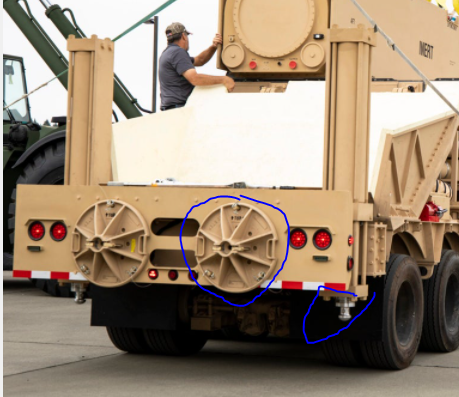
For the love of God, could somebody at Oshkosh PLEASE crack a book on Russian/Chinese TELs and learn how it's supposed to be done?)
A soldier actually has to run around to the back of the trailer and attach the pads to the hydraulic stabilizers. The THAAD launcher is the same way.
Yeah, you have to cut a lot of corners to stuff it on a plane.What can they learn from the Gryphon TEL? How to pack four missiles? LRHW uses a trailer and for expeditionary reasons, and to expedite fielding, the Army mandated that either an existing, as is, inventory trailer, or a modified trailer already in the inventory be used. They wanted eight missiles per Battery and two 34.5 inch missiles per TE seems logical. Using an integrated TEL seems counterintuitive for an expeditionary environment. They aren't parking this thing off of the border of Canada but will have to ship or airlift this thing halfway across the globe and then sustain the system there. Commonality matters when trying to manage the logistics associated with that. The US Army's Typhon battery (more similar to the Gryphon in role) will have 16 missiles with four per each trailer.Or maybe learn from Gryphon TEL's where one can pack 4 missiles.
The DF-17 looks like a bigger missile. Certainly it's glider wouldn't fit in a LRHW cannister.For the love of God, could somebody at Oshkosh PLEASE crack a book on Russian/Chinese TELs and learn how it's supposed to be done?)
Doesn't it have 2x the loadout of the DF-17? And a trailer is better from an expeditionary perspective where you can get a new prime mover (standard HEMTT) if one breaks down as opposed to being stuck.
The DF-17 looks like a bigger missile. Certainly it's glider wouldn't fit in a LRHW cannister.For the love of God, could somebody at Oshkosh PLEASE crack a book on Russian/Chinese TELs and learn how it's supposed to be done?)
Doesn't it have 2x the loadout of the DF-17? And a trailer is better from an expeditionary perspective where you can get a new prime mover (standard HEMTT) if one breaks down as opposed to being stuck.
What is Typhon?
You can automate this very easily. However, having a bit of experience on this with some other systems with the Army, the Army doesn't like that from a logistical perspective as it introduces complexity which can cause breakdown when forward deployed. The same reason it (and the USMC) still prefers to tow many of its radars, and requires manually setting them up for tasks that have been automated (by the same OEM's) in many other similar applications.
View attachment 665747

The Army Just Got Its Hands On Its First "Dark Eagle" Hypersonic Missile Launchers
The hypersonic missile era is about to officially begin for the U.S. Army.www.thedrive.com
(For the love of God, could somebody at Oshkosh PLEASE crack a book on Russian/Chinese TELs and learn how it's supposed to be done?)
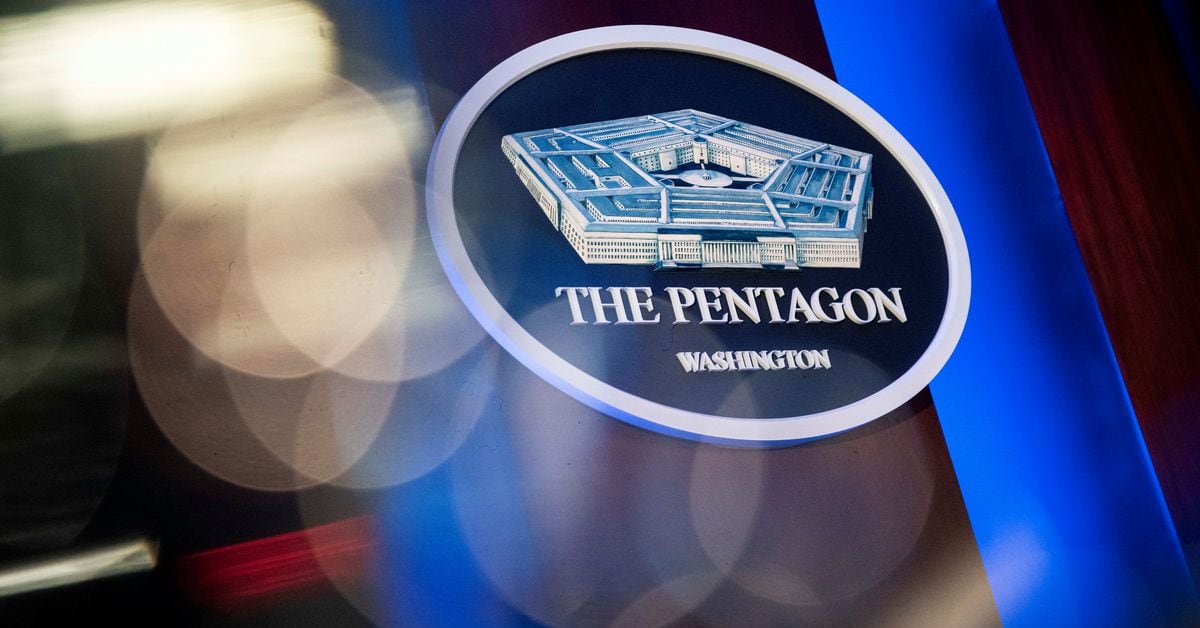

I think the only way they'll get the cost down is to buy more. Everybody is tooled up for composite/aluminum/titanium structures. Don't know how much industry bandwidth there is for all the high-temp materials they'll need. Just for example, the RATTLRS airframe was a titanium airframe made at a smaller company (Klune). HyFly used a giant titanium casting for it's body.
Pentagon says hypersonic weapons are too expensive
The Pentagon wants defense contractors to cut the ultimate cost of hypersonic weapons, the head of research and development said on Tuesday, as the next generation of super-fast missiles being developed currently cost tens of millions per unit.www.reuters.com
Lawmakers, local officials, Grand Forks business leaders and executives from Northrop Grumman met on Wednesday, Oct. 13, to officially recognize the transfer of four retired Global Hawk drones. The drones will be retrofitted with new equipment, then flown out to either the east or west coast where they will be used to assist in hypersonic missile testing. The drones were transferred to Northrop’s facility from Grand Forks Air Force Base.
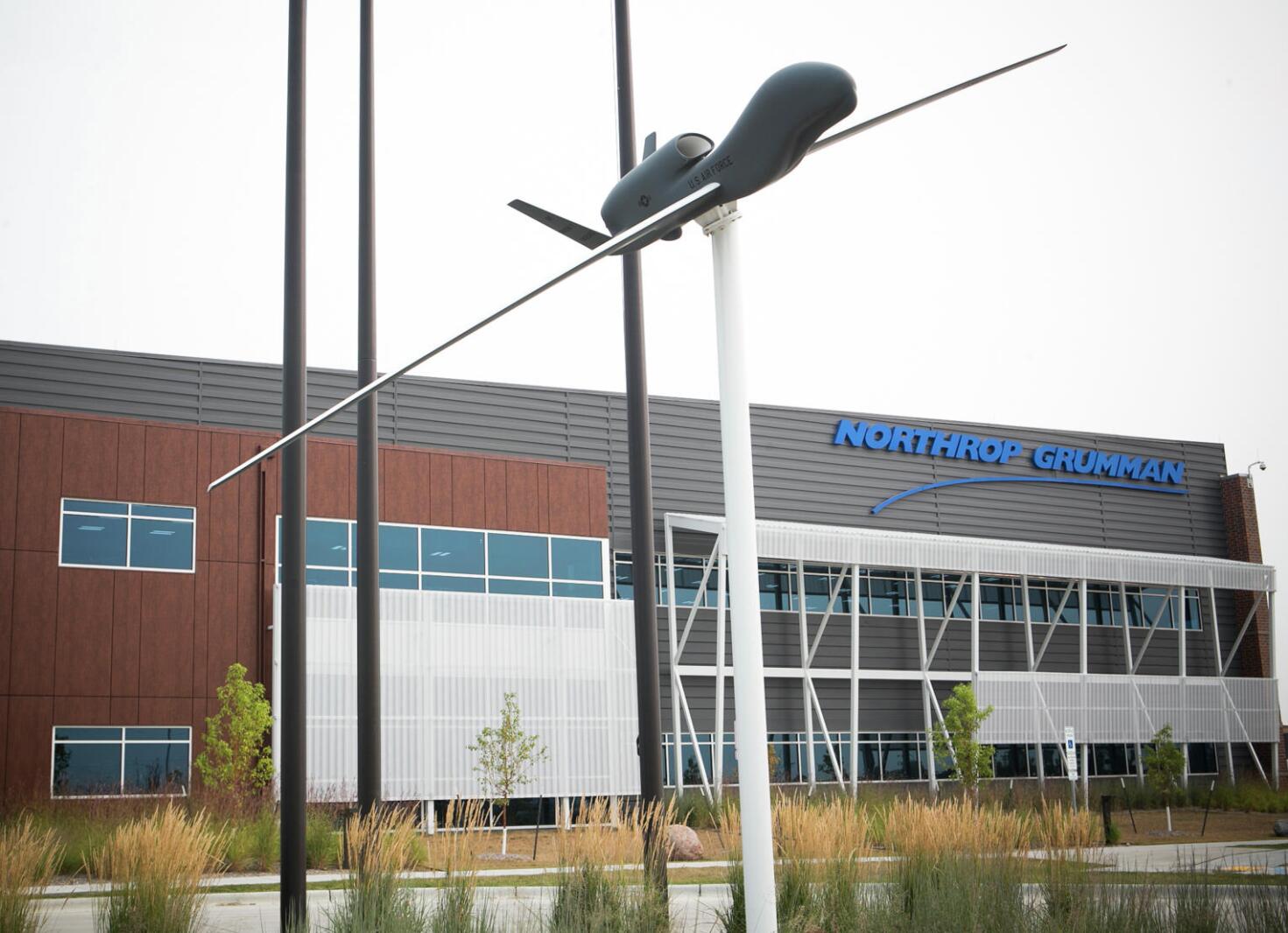
I think the only way they'll get the cost down is to buy more. Everybody is tooled up for composite/aluminum/titanium structures. Don't know how much industry bandwidth there is for all the high-temp materials they'll need. Just for example, the RATTLRS airframe was a titanium airframe made at a smaller company (Klune). HyFly used a giant titanium casting for it's body.
Pentagon says hypersonic weapons are too expensive
The Pentagon wants defense contractors to cut the ultimate cost of hypersonic weapons, the head of research and development said on Tuesday, as the next generation of super-fast missiles being developed currently cost tens of millions per unit.www.reuters.com


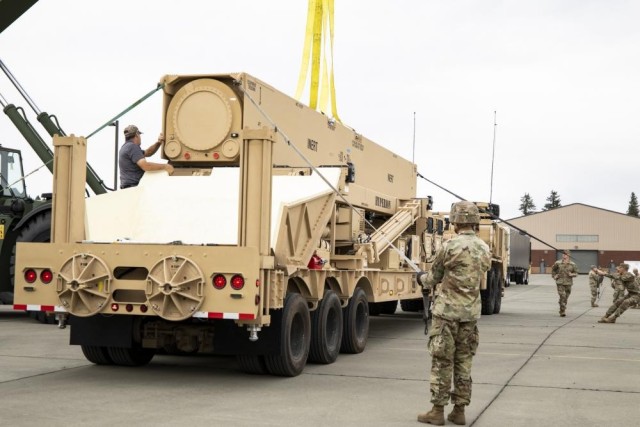
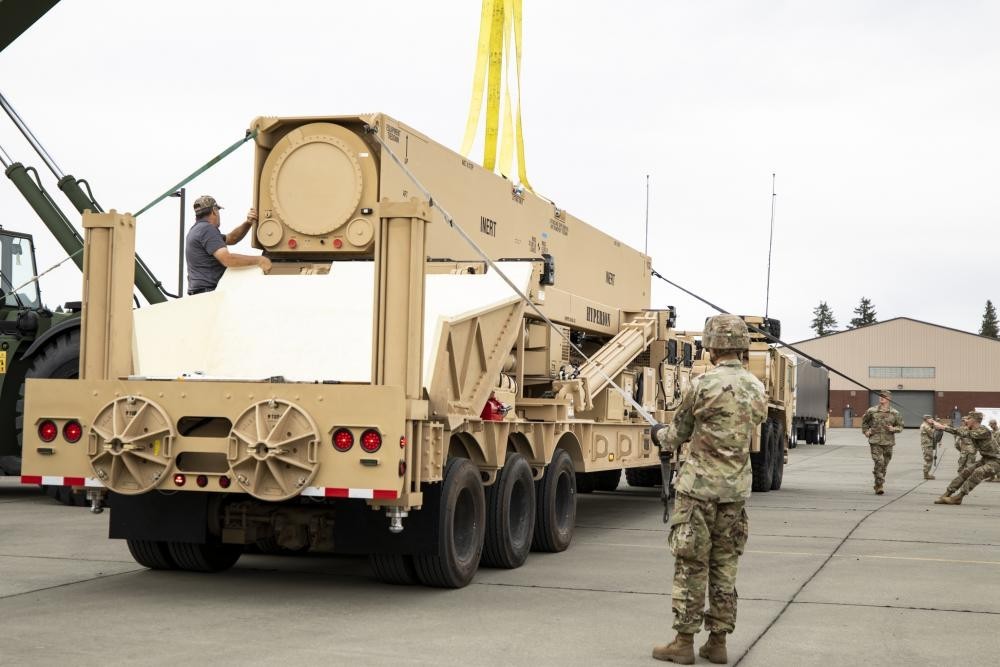
 polishnews.co.uk
polishnews.co.uk

Well, it could actually accelerate the schedule)Silly attempts to link this to the Chinese tests.
How and why? The next four tests have already been announced and three of those four will be conducted by the first operational battery that just begun new equipment training this Monday. Once those three AUR tests conclude, and assuming they are successfull, the first battery will be declared operational. Most of that stuff in terms of equipment purchase, training, delivery dates for testing and back up test window are pretty firm with little room to accelerate. Those dates and back up windows were probably firmed up months ago.Well, it could actually accelerate the schedule)Silly attempts to link this to the Chinese tests.
A rocket failure spoiled the first attempt to launch the Block 0 Common Hypersonic Glide Body (CHGB) and common, two-stage booster for the U.S. Army and Navy on Oct. 21 in Kodiak, Alaska, a Defense Department spokesman said.

So something black?In addition, this statement raises questions about exactly what was under test today, especially if it is entirely unrelated to the Common Hypersonic Glide Body (C-HGB). This C-HGB is the boost glide vehicle that will be used on Army and Navy's common hypersonic missile.
It is possible that this could have been a test of something entirely new, which may not even necessarily be a weapon system. That it might not be related to Dark Eagle or IRCPS would also fit with the apparent expected range of the test that we had already noted.
I think they test a new booster that in black program .So something black?In addition, this statement raises questions about exactly what was under test today, especially if it is entirely unrelated to the Common Hypersonic Glide Body (C-HGB). This C-HGB is the boost glide vehicle that will be used on Army and Navy's common hypersonic missile.
It is possible that this could have been a test of something entirely new, which may not even necessarily be a weapon system. That it might not be related to Dark Eagle or IRCPS would also fit with the apparent expected range of the test that we had already noted.
But why the glide vehicle then?I think they test a new booster that in black program .
From thedrive.com
Updated 6:20 PM EST:
U.S. Navy Lieutenant Command Tim Gorman, a Pentagon spokesperson, has provided the following statement regarding today's failed test:
On Oct. 21, the Department of Defense conducted a data collection experiment from the Pacific Spaceport Complex-Alaska, Kodiak, AK, to inform the department’s hypersonic technology development. The test did not occur as planned due to a failure of the booster stack. The booster stack used in the test was not part of the hypersonic program and is not related to the Common Hypersonic Glide Body. The missile booster is used for testing purposes only. Program officials have initiated a review to determine the cause of the booster system failure to inform future tests. Experiments and tests – both successful and unsuccessful – are the backbone of developing highly complex, critical technologies at tremendous speed, as the department is doing with hypersonic technologies. Delivering hypersonic weapons remains a top priority, and the department remains confident that it is on track to field offensive hypersonic capabilities beginning in the early 2020s. This flight test is part of an ongoing series of flight tests as we continue to develop this technology.
From this statement, it remains unclear whether whatever this missile was actually left the launch pad. We still don't know exactly what the reason for the booster stack's failure was, either.
In addition, this statement raises questions about exactly what was under test today, especially if it is entirely unrelated to the Common Hypersonic Glide Body (C-HGB). This C-HGB is the boost glide vehicle that will be used on Army and Navy's common hypersonic missile.
If you're referring to "The booster stack used in the test was not part of the hypersonic program and is not related to the Common Hypersonic Glide Body." that's perfectly consistent with the C-HGB being under test, they just weren't lofting it with the booster planned for operational use. Most likely culprit would be whatever they're using for BMD testing (though not Black Sparrow as that's air-launched) as that's consistent with "The missile booster is used for testing purposes only."
Never even heard of that one. All the test needs is a booster to get the CHGB up to speed before it cuts it loose and you can use anything in the inventory that's powerful enough for that. And the various targets for BMD trials are probably in the right size and performance range.
If you're referring to "The booster stack used in the test was not part of the hypersonic program and is not related to the Common Hypersonic Glide Body." that's perfectly consistent with the C-HGB being under test, they just weren't lofting it with the booster planned for operational use. Most likely culprit would be whatever they're using for BMD testing (though not Black Sparrow as that's air-launched) as that's consistent with "The missile booster is used for testing purposes only."
For DARPA Glide Breaker ?
Probably a Hypersonic target for Glide Breaker ? It need a new booster.Never even heard of that one. All the test needs is a booster to get the CHGB up to speed before it cuts it loose and you can use anything in the inventory that's powerful enough for that. And the various targets for BMD trials are probably in the right size and performance range.
If you're referring to "The booster stack used in the test was not part of the hypersonic program and is not related to the Common Hypersonic Glide Body." that's perfectly consistent with the C-HGB being under test, they just weren't lofting it with the booster planned for operational use. Most likely culprit would be whatever they're using for BMD testing (though not Black Sparrow as that's air-launched) as that's consistent with "The missile booster is used for testing purposes only."
For DARPA Glide Breaker ?
